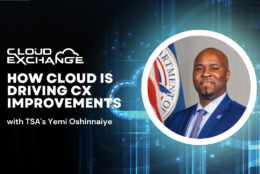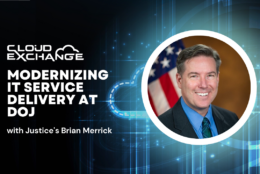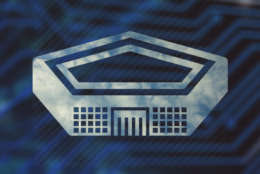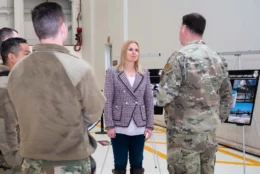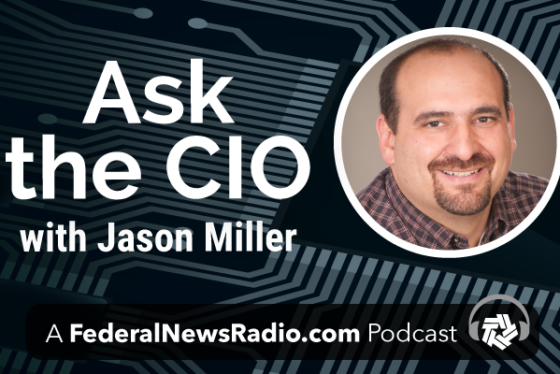Cloud Computing
-
Find out how these two Homeland Security agencies embraced cloud and are moving into third-generation cloud tactics to gain operational IT efficiencies and serve users at remote locations nationwide. We talk with cloud experts from CBP, ICE and Leidos.
June 21, 2023 -
Embracing cloud, and new technologies like AI, make providing real-time data to clinicians and patients in federal health care settings possible, explains Leidos Srini Iyer. He shares insights on both the security challenges and the opportunities.
June 21, 2023 -
TSA Chief Information Officer Yemi Oshinnaiye says one of his top priorities is improving customer experience across all agency missions.
June 20, 2023 -
From forecasting IT enterprise requirements to implementing a zero trust architecture, DoJ’s IT modernization approach is focused on enhancing service delivery across its legal and law enforcement components. We get the inside baseball from DoJ’s Brian Merrick on what the department has in store.
June 20, 2023 -
Although agencies talk less now about moving to the cloud strictly to save money, they do need to define how they value digital transformation, explains Splunk’s LaLisha Hurt. She shares three tips to help agencies do just that.
June 20, 2023 -
As agencies’ hybrid infrastructures make the delivery of high-level and edge services from the cloud possible, IT teams must apply consistent metrics to monitor performance and cost. Leidos’ Lakshmi Ashok shares the four metrics you’ll want to track.
June 20, 2023 -
Edge computing happens in the kinds of environments where you can’t necessarily manage them moment to moment: the bottom of the ocean, outer space, battlefields, etc. Government agencies need to be able to control, manage and scale the environment remotely, without having to send humans to far off or dangerous places. Managing at scale at the edge requires a different approach than traditional datacenter locations.
June 19, 2023 -
The agency expects to have all its grants assistance programs available through the FEMA GO platform by April 2024.
June 06, 2023 -
One of the best ways to minimize a data breach is to reduce the amount of data sent back over potentially unsecured networks, like wireless. That requires a rebalancing of the three main components of edge computing: storage, network and compute.
June 05, 2023 -
Casey Cook, the cloud architecture branch chief for the Agriculture Department, said seven mission areas are taking advantage of more than 300 APIs to make data sharing among new and legacy systems easier.
June 05, 2023 -
The Pentagon says the priorities for DEOS are to develop, deliver and maintain the classified DOD O365 platform, and continue ongoing sustainment of the unclassified joint environment.
May 31, 2023 -
Deep in the weeds of agency management, you find something called the FITARA scorecard. FITARA stands for Federal Information Technology Acquisition Reform Act. It became law in 2015. Twice each year, agencies receive a scorecard from Congress on how they did managing their IT activities. Now a team, under the IT trade group ACT-IAC, has come up with a list of recommendations for revising the FITARA scorecard.
May 30, 2023 -
Possessing the ability to move data from anywhere to anywhere with a single platform to feed analytic processes enables government organizations to achieve missions faster and more strategically than before.
May 29, 2023 -
A primary benefit for edge computing is reducing the dependency on networks, a costly element both in terms of bandwidth and time. By moving the compute closer to the data, analysis can be performed on location, allowing just the results to be transmitted back across the network.
May 26, 2023 -
Lauren Knausenberger, the outgoing chief information officer of the Air Force, said if requested funding for fiscal 2024 comes through as hoped for, several transformation initiatives will get a much needed boost.
May 22, 2023



